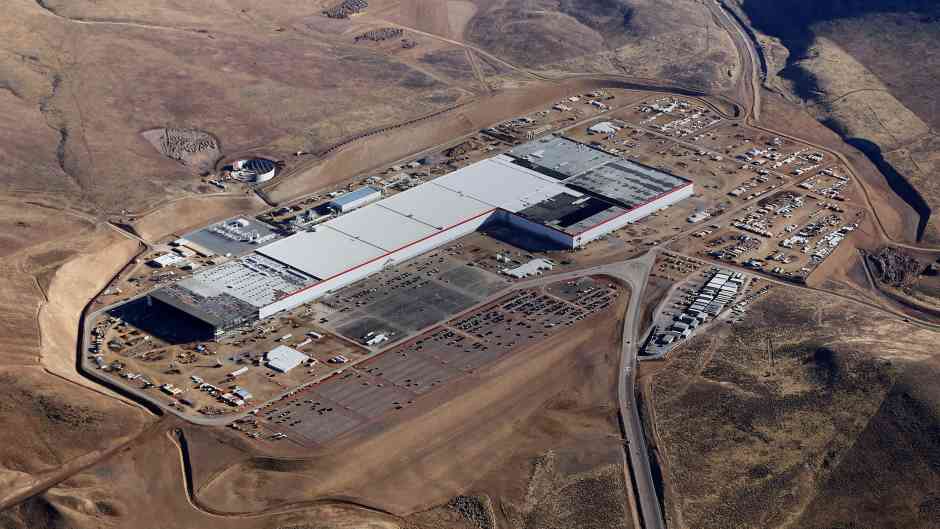Julian Hetherington, director of the Advanced Propulsion Centre's Automotive Transformation Fund about the innovations that will propel the automotive sector towards net zero.
Give an overview of the propulsion innovations that will help power your sector towards net zero?
 For HGVs and commercial vehicles carrying sufficient batteries to cope with the duty cycles of these vehicles is simply impractical, as such, fuel cell technology that ensures there is zero emission at point of use is key. This is of utmost importance for this sector, which is why we’re very keen to support it. For passenger cars, the main focus areas are batteries and in driveline system efficiency – including power electronics.
For HGVs and commercial vehicles carrying sufficient batteries to cope with the duty cycles of these vehicles is simply impractical, as such, fuel cell technology that ensures there is zero emission at point of use is key. This is of utmost importance for this sector, which is why we’re very keen to support it. For passenger cars, the main focus areas are batteries and in driveline system efficiency – including power electronics.
Technology changes will enable faster charging and better energy density in batteries from a vehicle packaging perspective, which also reduces weight and thus decreases overall energy demands per km. Improving the processing efficiency for manufacturing batteries and ensuring that this energy-intensive process can access competitive power from renewables will also reduce the embedded carbon footprint – a crucial consideration as we move towards Life Cycle Assessment.
CLICK HERE FOR MORE SUSTAINABLE MOBILITY CONTENT
Other advances we anticipate will be in electric motors, particularly in permanent magnet motors, as well as winding formations and electrical steel laminations to improve motor efficiency, optimised for propulsion and regeneration balance.
Further advances in inverters and specifically in new wide bandgap semiconductors such as silicon carbide and gallium nitride will also improve the total driveline efficiency.

Describe some of your organisations own key activities in this area
Through the resources available from the APC’s Automotive Transformation Fund (ATF), we provide capital support to help businesses get established in the UK and create an ecosystem that becomes both sustainable and globally competitive.
In particular, we’re building on the activities we have supported from an R&D perspective over the last seven years, focusing on mid to late stage technology readiness and development, then bridging that final gap into production at scale that creates a competitive landscape for Tier 1 companies to invest. We will also support the extended upstream supply chain so that Tier 1 and Tier 2+ businesses can be sustainable in the long term.
I expect we’ll see at least two if not three Gigafactories manufacturing batteries in the UK by the mid-2020’s
As part of the ATF we are also supporting feasibility studies, a new approach where we’re helping companies to evaluate the potential obstacles that need to be overcome, be it technical, commercial or supply chain, in order to encourage investment in the UK and build a sustainable business. We’re expecting the output of these studies to unlock potential future capital investment projects for industrialisation.
What are the key obstacles and challenges to developments in this area?
We need to ensure that the government’s commitment to this sector and its embodiment of that commitment through the ATF is recognised and is completely aligned with other industrial strategy policies. These policies must remain predictable and stable, because businesses like certainty, and giving a steady, consistent push with industrial development as well as these related policies to support demand is very important in reducing the risk for investing in the UK. It’s recognised that a ‘risk-reward’ balance exists.
The UK benefits from plentiful transferable skills, and with a degree of re-orientation or re-training they can readily be deployed into this sector. We should continue to develop the excellent relationships between the research technology organisations, universities and industry. Having 18 of the world’s top 100 universities really helps the UK exploit that link from fundamental research through to industrial development and now we need to move to the next stage which is to bridge into the industrial asset base.
What is your vision for the long-term future of propulsion in your sector?
I expect we’ll see at least two if not three Gigafactories manufacturing batteries in the UK by the mid-2020’s. I also see a vibrant motor and power semi-conductor industry. We will continue to lead with efficient drivelines for heavy goods and passenger service vehicles with a focus on fuel cells especially in inner city areas, as well as extended R&D activity being supported in this space to maintain our capability.

One of the things that will change and provide an advantage is the focus on system integration in a vehicle for efficient packaging of batteries and driveline technologies – thus providing higher efficiency levels. We’re still in a transitional phase for vehicle architectures that have to accommodate many different types of powertrain, and as we see the global advancement of the end of internal combustion engine powered vehicles, there will be more designs that are optimised for electric vehicle technology packaging, which will improve overall system efficiency.
Alongside our work on ‘in-vehicle’ technologies, the UK’s investment programmes in charging infrastructure will rapidly advance usability of EVs, complementing the great driveability that already exists, and we’ll be looking back in time in just a few years and be amazed at how fast the transition has happened.
Julian Hetherington is director of automotive transformation at the Advanced Propulsion Centre UK




Nanogenerator consumes CO2 to generate electricity
Nice to see my my views being backed up by no less a figure than Sabine Hossenfelder https://youtu.be/QoJzs4fA4fo